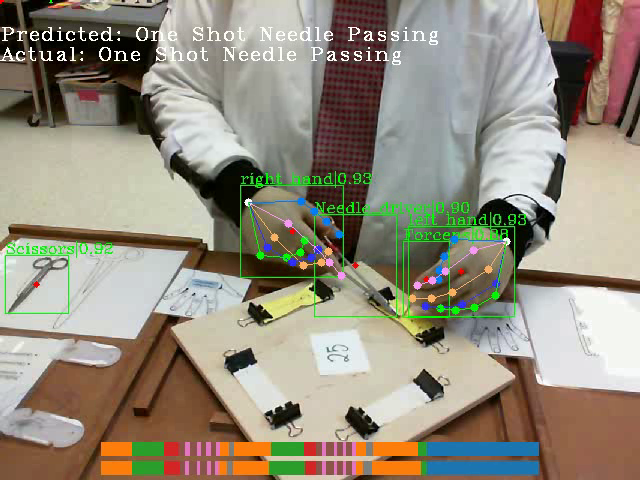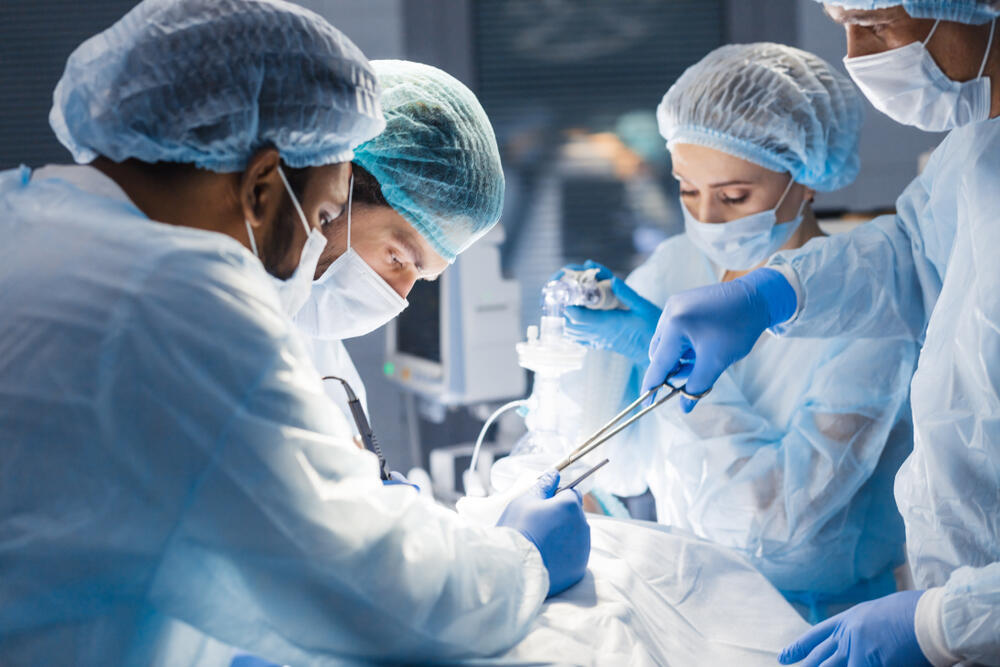A decade ago, a significant study was conducted and published in the New England Journal of Medicine. The study investigated the correlation between a surgeon's motor skills and the outcomes of gastric bypass surgeries performed using a minimally invasive method.
This approach involves making several small incisions, with one containing a camera and the others holding the necessary surgical instruments for the procedure. Unlike the traditional method that requires a large incision in the abdominal wall, this approach offers a different perspective for the surgeon and avoids exposing the entire area.
For this study, 20 experienced doctors from Michigan submitted videos showcasing their surgical work. Each video was reviewed by 10 other senior doctors who assessed various technical aspects, including coordination, instrument handling and movement efficiency, assigning scores to each surgeon's abilities.
The researchers also analyzed post-surgery complications resulting from the surgeries performed by the participating doctors. They found a correlation between the technical skills of the surgeons and the occurrence of complications after the surgery. Although all subjects were experienced doctors, the study clearly demonstrated that surgeons with better technical abilities had fewer post-surgery complications.
A proficient surgeon must possess a diverse set of skills, including medical knowledge, quick decision-making under pressure, effective team management in both routine and emergency situations and complex motor skills.
While simulators are increasingly used for training medical professionals in motor skills and decision-making, the main training for interns occurs in the operating room under the guidance of specialists. The study demonstrated the feasibility of using video footage to assess the technical abilities of doctors. However, it necessitates the commitment of senior doctors to invest time and effort in the evaluation process.
In the past few years, the field of computer vision has experienced a profound transformation due to the artificial intelligence revolution. Significant breakthroughs have allowed computers to interpret and understand visual information extracted from videos.
2 View gallery


From Dr. Shlomi Laufer's research: a computer analyzes a doctor's work
(Photo: Eddie Bahit)
This cutting-edge technology has wide-ranging applications, such as assisting drivers of vehicles with advanced driver-assistance systems, facilitating the development of autonomous driving technology, and even diagnosing security situations in sophisticated surveillance systems. The potential of artificial intelligence in computer vision has opened up new possibilities and is reshaping various industries and sectors.
In a controlled laboratory setting, we are currently conducting experiments to determine the feasibility of training computers to analyze visual data from medical simulators. Our aim is to develop autonomous systems that can provide valuable feedback to medical professionals regarding the quality of their work. This approach enables interns to independently train in a safe and simulated environment before they begin treating actual patients.
During the initial phase of our research, we conducted a comprehensive study involving doctors at the early stages of their training. They were filmed alongside experienced doctors while performing basic surgical tasks, such as inserting needles into tissues with varying resistance and suturing them. The setup comprised a simple camera and a computer equipped with a graphics processor, similar to those found in gaming computers.
In collaboration with senior doctors, we devised a range of performance indicators to assess the execution of tasks. These indicators covered general aspects, such as coordination and movement efficiency, as well as more specific elements like the technique used for holding the surgical tool at different stages of the procedure. Subsequently, we employed machine-learning techniques to teach the computer to automatically recognize and interpret these actions.
Our research revealed the computer's proficiency in discerning the distinction between the work of a resident doctor and that of a senior doctor. Remarkably, it could pinpoint specific elements that serve as indicators of technical abilities and offer precise feedback to assist doctors in their training. These significant findings were published in the prestigious International Journal of Computer-Assisted Radiology and Surgery, a prominent publication in the field of computer-assisted surgery.
Undoubtedly, the integration of computer vision and artificial intelligence in medical simulators has the potential to revolutionize doctors' training processes. This technological advancement enables interns to independently practice a diverse range of skills and receive precise feedback without the risk of harming real patients. While simulators cannot replicate all the complexities encountered with actual patients, the focus is on developing analysis and feedback tools to assist doctors during their work in the operating room, rather than replacing their expertise.


